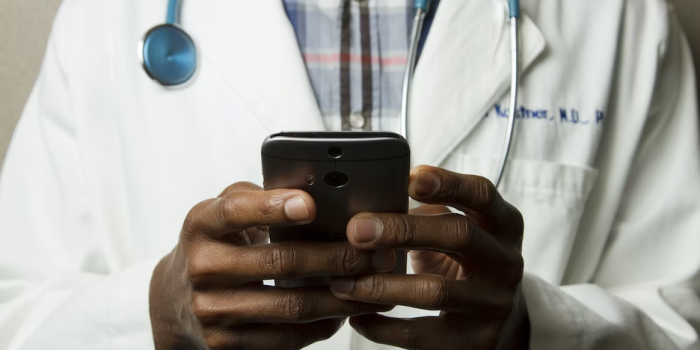Technological advancement has bled into the healthcare industry, improving patient care. Software developers have created applications that make storing and sharing patient data easier. They have also developed medical devices to administer better treatments to patients. These and many other technological innovations in the healthcare industry are made possible through embedded software development and have been proven to increase efficiency in medical processes.
Impact of Technology on Medical Practice
In this section, we will discuss how technology solutions directly improve various medical procedures and how they impact patients:
Medical treatments are more precise and effective
Medical scanners and disease-detection devices are constantly being upgraded to increase their precision and effectiveness. Medical professionals can now scan patients’ bodies quickly to detect abnormalities with high confidence. This allows patients to start receiving care early to prevent health complications.
Access to medical resources
The internet gives medical professionals access to a wealth of information they can consult to administer appropriate treatments to their patients. These information sources include medical journals, drug interaction guidelines, published treatment plans, and peer-reviewed studies.
Ability to track patient health conditions
The introduction of electronic medical record (EMR) software lets medical facilities store their patients’ medical history digitally. This allows them to easily and securely store, retrieve, update, and share medical info. EMR software reduces the time medical assistants spend retrieving patients’ information before appointments.
Remote access to medical professionals
Telemedicine, also known as Telehealth, allows patients to consult medical professionals from their homes and other remote locations. This is useful to people who live far away from medical facilities or have difficulty commuting to and from hospitals or clinics. Telemedicine is conducted over the phone, through mobile applications, or video conferencing platforms. Doctors and patients use these platforms to discuss symptoms, treatment plans, and drug prescriptions for ailments.
Healthcare Software for Consumers
The impact of healthcare software goes beyond formal medical practices. Consumers now have access to devices that can improve their quality of life without going to a hospital. Two common examples are:
Smartwatches
Most smartwatches have features that let people check their heart rate, track their steps, and monitor their health. This helps them measure their fitness progress to stay physically fit and healthy.
Medical alert systems
Older people wear medical alert systems to notify their caregivers of falls, difficulty in movement, and other health emergencies. The device improves their quality of life because the ease of communication empowers them to live normally.
Blood pressure monitors
People with stressful lives need to constantly monitor their blood pressure. They can do this at home with portable blood pressure monitors.
Endnote
Technology has improved many people’s lives and increased the efficiency of establishments in healthcare and other industries. Patients can receive care faster, and doctors can use a broader range of medical devices and information sources to administer treatment. This improvement in healthcare is partly due to embedded software development championed by software development companies.


